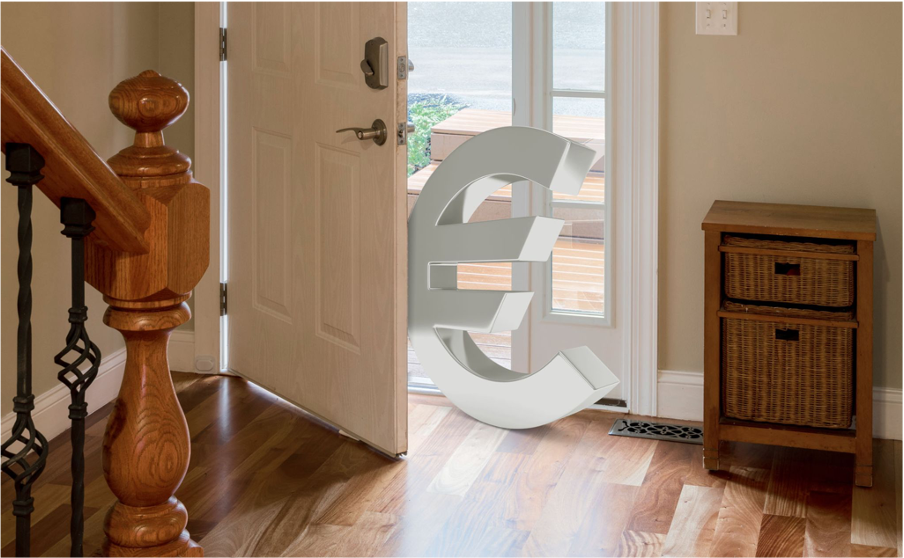The average deposit saved by a first-time buyer in the first half of 2021 was almost €52,100 while it was €135,000 for a mover-purchaser.
The figures were revealed by the Banking and Payments Federation Ireland's (BPFI) housing market monitor report which found that the main source of the deposits came from purchasers' own savings.
Nearly 42% of first-time buyers used gifts as part of their deposits compared with almost 25% of mover-purchasers during the first half of 2021. However, some 96% of first-time buyers used savings to fund their deposits.
BPFI estimated that during the same period, the total value of gifts towards deposits was almost €210 million. That includes €149.3 million for first-time buyers and €60.4 million for mover-purchasers.
Own savings were almost four times that of gifts, totalling around €795 million.
For mover purchasers, other sources such as inheritance and the proceeds from the sale of a previous property were significant sources of deposits.
The Central Bank recently announced that a “carry-over” system will be introduced for managing allowances where unused allowances can be accrued over for use in the first half of 2022 on the provision that those loans are approved in 2021.
This is likely to increase approval activity during the rest of 2021 where drawdown activity in the first half of 2022 should reflect this increase.
Commenting on rising house prices which seem to be driving deposit amounts, chief executive of BPFI Brian Hayes said the acceleration in house price growth in recent months was mainly due to the imbalance between supply and demand following the pandemic.
“Residential property prices increased by 12.4% in the year to September 2021 at the national level, where average prices of new homes were up by 3.3% year on year whereas average prices of existing homes increased by 13%. Average prices increased by 11.5% in Dublin and 13.2% outside Dublin in the year to September 2021,” he said.
"In contrast, the lower-than-estimated supply, due to the pandemic, in 2020 and 2021 has put further pressure on average prices and affordability is becoming challenging with average rents also at their highest levels, more than one third higher than their peak in 2008.
"Annual housing output has been flat in 2020 and during 2021 but it is expected to increase significantly in 2022 with increased commencement activity particularly since April 2021 with the full reopening of the construction sector. However, cost inflation is likely to play a role on average price developments over the short term," said Hayes.
Despite the current challenges, the monitor predicts that housing and mortgage activity is set to exceed 2019 levels prior to the pandemic.
In terms of housing output, 13,574 units were completed in the nine months ending September 2021, a slight increase compared to the same period last year.
The share of apartments in total completions accounted for around 22% of total completions in the first nine months of 2021. In 2015, the share of apartments in total completions was 9%.
The monitor found that nearly 27,000 units were commenced in the ten-month period to October 2021, with over 24,000 of these units commenced since April when the construction sector fully reopened.
On an annualised basis, commencement numbers reached a record high with almost 31,000 units commenced in the year to October 2021. Dublin and Dublin Commuter accounted for over 60% of all commencements during 2021.
Hayes said the findings suggest that a significant increase in commencement numbers this year is likely to lead to a substantial increase in completion numbers next year.
“The only downside risk to the estimated increase in completions in 2022 is the increasing share of apartments in completions and the likelihood that apartment commencements take longer to complete. However, even with this caveat, the Monitor concludes there is a significant pipeline of residential home building activity which will lead to substantial uplift in housing supply in the next two years," he said.







